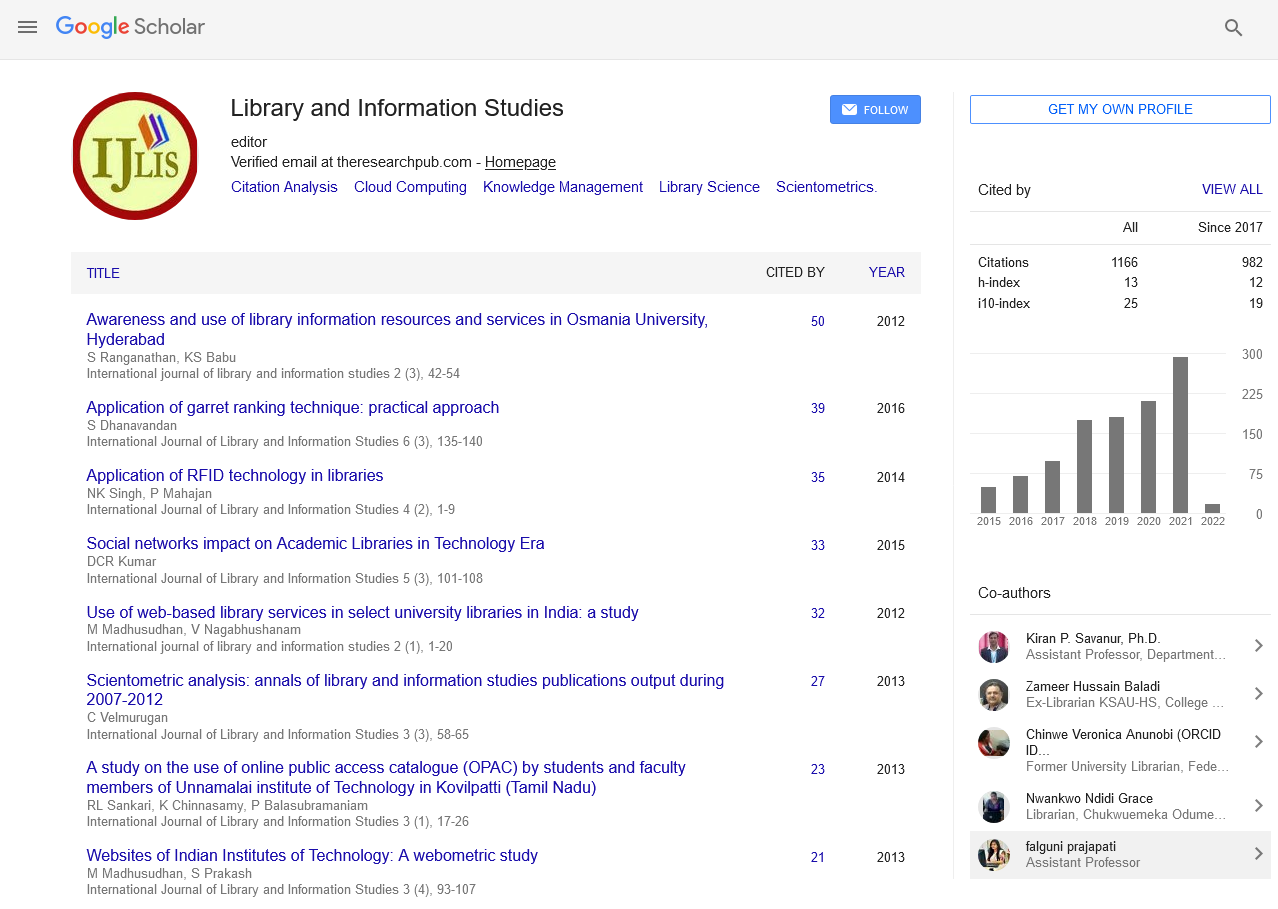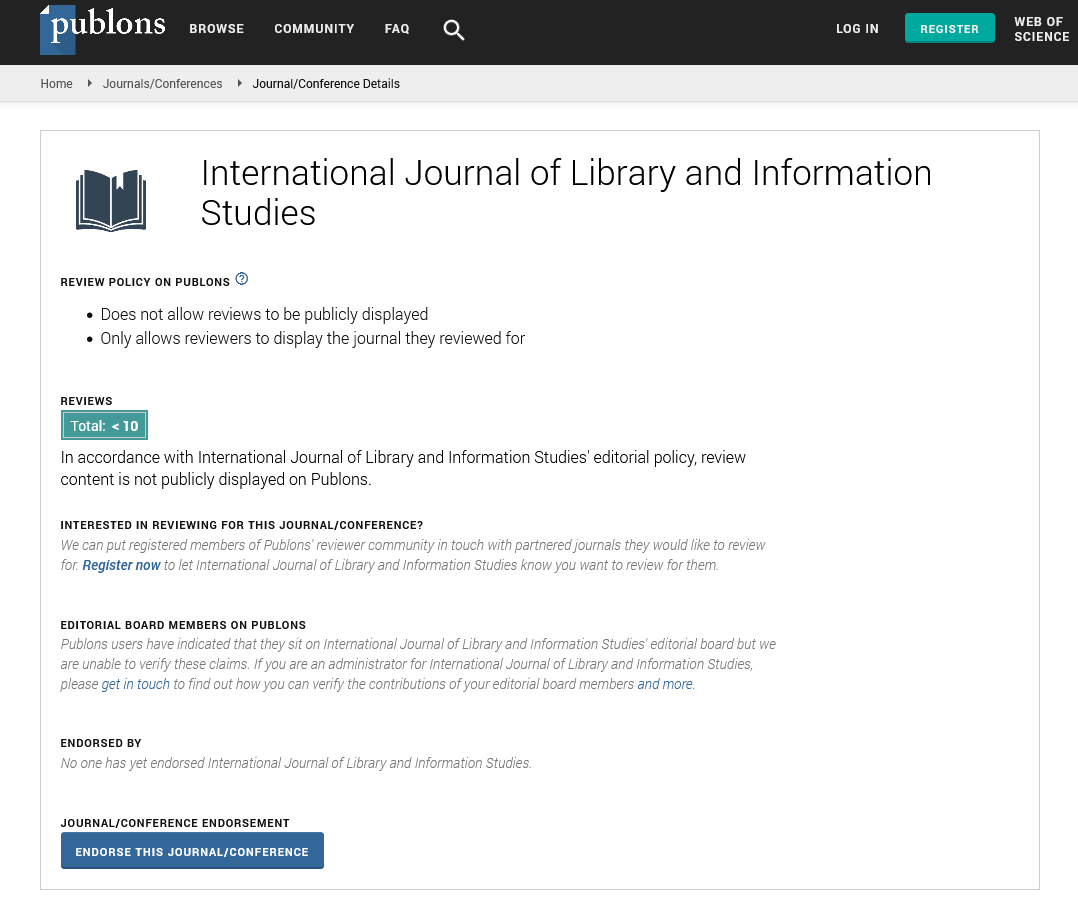Review Article - (2021) Volume 11, Issue 3
ICT Based Library Facilities in Nashik District College Libraries: An Analytical Study
Ahire Subhash Bandu*Abstract
ICT infrastructural facility is a basic requirement of every educational institution in the current era. ICT has support for smart works and it is very useful in work accuracy, time-saving, reduces cost and presents the effectiveness of the work. The present study aims to analyze the availability of ICT infrastructure facilities in Nashik district college libraries. The study also plans to explore the various services and facilities provided by the libraries such as; annual budget of the library, library automation status, e-resources and databases subscribed by the library, internet facility, ICT-related hardware, software, antivirus software and implementation of barcode technology, etc. Survey method has been used with a structured questionnaire was adopted to obtain data from Nashik district college libraries. Total 179 questionnaires were circulated to all the college librarians in the Nashik district. Among them, 149 filled questionnaires were received back. The result shows that N-LIST is a more popular database among arts, commerce, science and computer science colleges and the J-Gate and IEEE are the popular databases among engineering colleges in the Nashik district. The majority of libraries has automated and gets support from proprietary library automation software; most of the college libraries have used barcode technology for library book circulation and stock verification process.
Keywords
ICT Application, ICT Hardware and Software, Library Automation, College Library, E-Resources and E-Databases.
Introduction
The use of ICT in higher education makes a tremendous change in the education process. Technology innovation is integral to the correspondence, storage, process, manage, and retrieval of the required information. The conventional library is being reformed by electronic information resource systems with the application of information technologies a digital/electronic or hybrid library is formed.
World widely, the role of ICT has played in knowledge sharing cannot be underestimated. Therefore, it is important to inform the library professionals about the opportunities brought by ICT as well as to acquire the knowledge and the skills necessary to make maximum use of ICT tools. Successful exploitation of ICT use requires complementary efforts to acquire and adapt new knowledge of technology to build human capital reserves such as human resource management as well as organizational culture and structure (Quadri and Garaba, 2019). Library automation is a general term in this current ICT era that is adapted to complement or supersede manual systems in the library. The automation of libraries arises many helpful benefits like easy and fast access to online resources, accuracy, and faster completion of library routine procedures. The functions and uses of ICT modules for library automation are under web development, from web 1.0, 2.0, to 3.0 and even the prospective web 4.0 (Emasealu, 2019).
The Integrated Library Services (ILS) is the application of computers and other ICT tools and techniques to actualize or perform routine tasks in the library. Earlier, these tasks were formally undertaken by manual procedures. The use of ICT in the library facilitates the acquisition, storage, processing, organizing, retrieval and dissemination of information as quickly and accurately as possible. ICT has a profound effect on traditional academic libraries. They have no option but to adapt to new developments (Yemi-Peters, et al. 2019).
Review of Literature
The historical background of ICT has started from the invention and use of computers in different fields. For the first time since man thought of counting, he developed the concept of calculation. It is an original way of working on accounting and data calculations and their recording with the help of sticks, pebbles and lines on the wall of the caves. Then he moved proceeded to count using the ten fingers of his hand, which is probably the basis of the present decimal number system. Humans steadily developed numerical thinking and continued to design better devices for calculation and counting (Sareen, 2010). The five aspects of technological change appear to have a significant impact on libraries in the 1980s. Those five aspects are a microprocessor, distributed processing, mass storage, communication, and user hospitable technology etc. The advent of microprocessors introduced library automation at a reasonable rate for small libraries. Resource sharing and networking have done a fantastic job with the use of microprocessors to communicate with large frameworks or provide subject access (Panigrahi, 2000).
One of the basic objectives behind the use of ICT in libraries is library automation. It considers changes from manual systems to computer systems and other modern technology to library facilities and services. The key factors contributing to the introduction of computerization in Indian libraries include high speed, efficiency improvement, ability to handle huge amount of information, flexibility in numerous handling, improved quality of services, the economy of power, availability of hardware and software facilities, responsibility thrust and organization enhancement (Ramana, 2013). The use of ICT in libraries is an important tool in academic libraries as it enhances resource sharing, effective and efficient service delivery in libraries, time-saving, marketing opportunities for library services and facilities, and providing fast and easy access to information. ICT in libraries has changed the way it collects and retrieves information such as acquisitions, cataloging, classifications, circulation, series control, management of statistical data and administrative actions such as budgeting (Adaeze, 2020).
The use of ICT and the internet in the last few decades has made the work of the library very effective. To meet the needs of library users, speed and accuracy are the two most important factors. Information and Communication Technology (ICT) enhances the workflow of the library which helps in reducing manual work, including extending the services of the library. One of the main advantages of ICT is to provide ICT-based information services to meet the demands of the user. Emerging ICTs have transformed traditional libraries into knowledge centers, and librarian’s function also changed like information consultants or knowledge managers. ICT is used in libraries, to provide a variety of services, such as access to OPAC, library databases, automated circulation of library materials, etc., (Bhoi, 2017).
Objectives
1. To know the current status of ICT application in college libraries of Nashik district.
2. To study the availability of electronic resources and subscribed databases by college libraries.
3. To assess the level of ICT tools used for library activities.
4. To study the library automation status.
Methodology
The study has used survey research and descriptive method. A structured questionnaire is prepared for primary data collection from the college librarians. Every college has library facilities and most of them have managed by a trained librarian. For the study, all the 179 college libraries in the Nashik district which are affiliated with Savitribai Phule Pune University are selected. A questionnaire was circulated to all the librarians, out of them, 149 filled questionnaires were received back. The received responses from this survey are 83%. The received data has been analysed by using MS Excel and presented in the following tables and figure with interpretation in Figure 1.
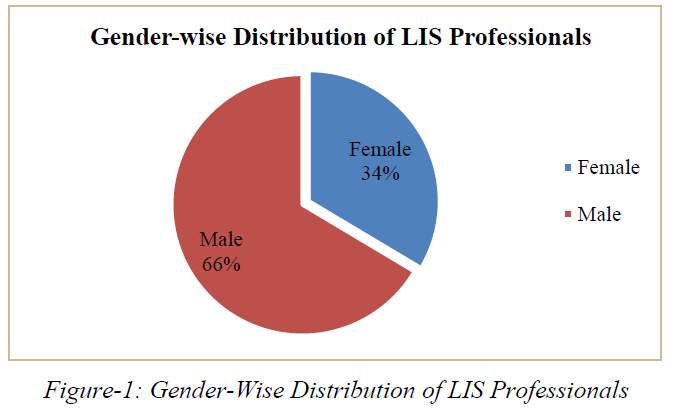
Figure 1: Gender-Wise Distribution of LIS Professionals
Results
The above figure reveals that the gender-wise distribution of respondents. Figure 1 clearly shows that 99 (66%) working librarians are male while 50 (34%) librarians are female counterparts.
While asking the question on library annual budget, the responses received on this question has revealed that the majority of college libraries in Nashik district have an annual budget above five lakh. Apart from the annual budget very few i.e., 17% of libraries have a separate or supplementary budget for library ICT infrastructure. The supplementary budget for the ICT infrastructure of college libraries has revealed in Figure 2.
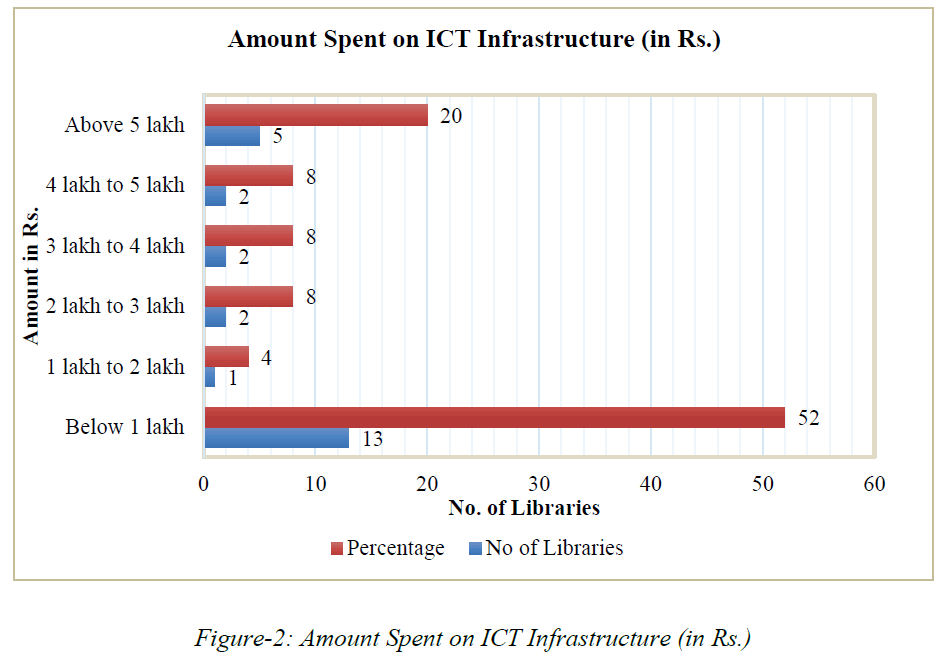
Figure 2: Amount Spent on ICT Infrastructure (in Rs.)
The observation of the above figure exhibits that the amount spent by the library on ICT infrastructure. The majority of i.e. 13 (52%) libraries have yearly spent a minimum 1 lakh amount on ICT infrastructure development, followed by 05 (20%) libraries have spent 5 lakh or above amount on ICT infrastructure. 02 (08%) libraries have spent from 2 to 5 lakh amount separately on ICT infrastructure, remaining only 01 (04%) library have spent 1 lakh to 2 lakh amount on ICT infrastructure separately in Figure 3.
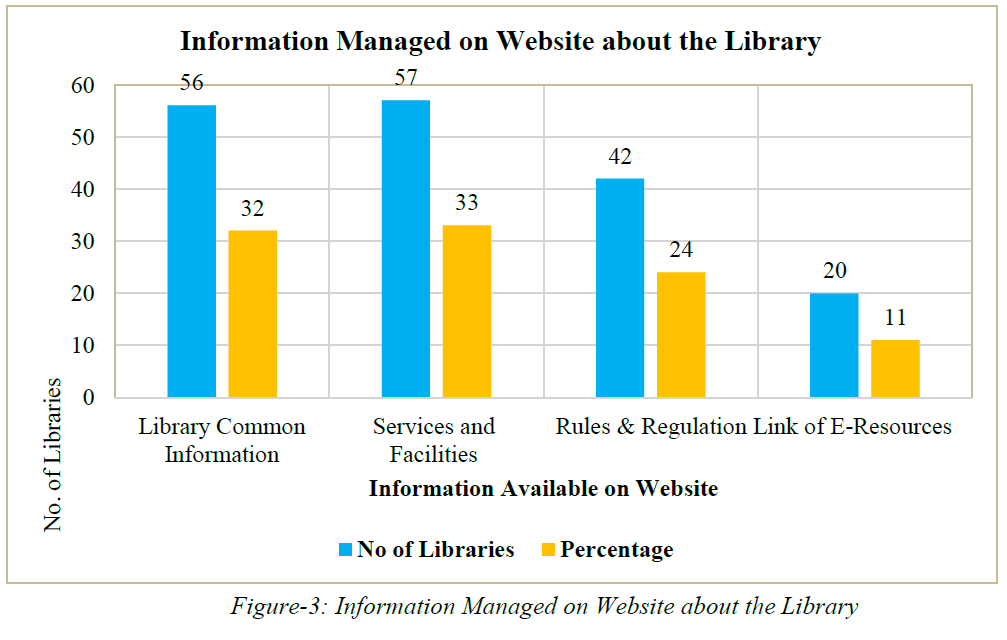
Figure 3: Information Managed on Website about the Library
The analyzed data of the above figure clearly shows that the majority of 57 (33%) libraries have managed their library information on the website such as library services and facilities, followed by 56 (32%) libraries have managed information about libraries general/common information, 42 (24%) libraries have kept their library information like library rules and regulations on the website, remaining 20 (11%) libraries have managed information about online resources link details on the website in Figure 4.
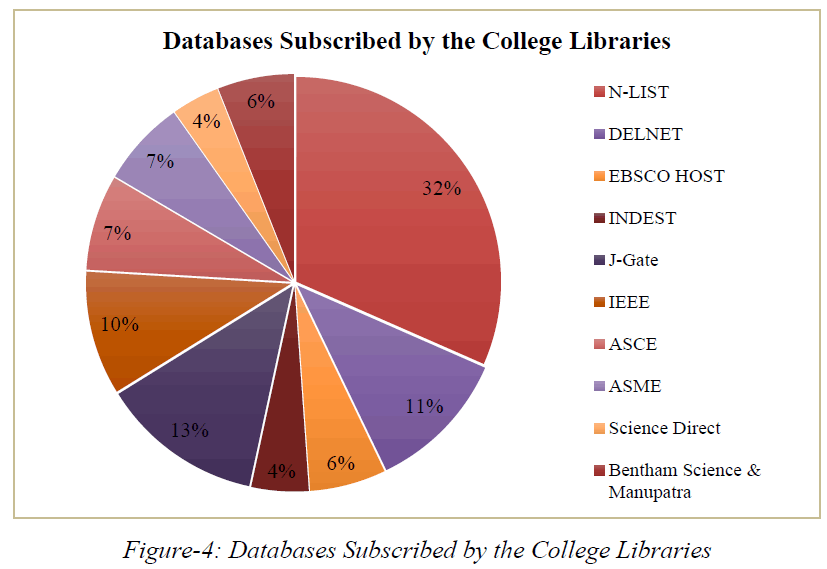
Figure 4: Databases Subscribed by the College Libraries
It is observed from the above figure, the electronic information resources are more effective and favorable among college library users. Figure 4 indicates that the majority of 42 (32%) libraries have subscribed N-LIST database, followed by 17 (13%) libraries have subscribed J-Gate database. 15 (11%) libraries have subscribed to DELNET, 13 (10%) libraries have subscribed to the IEEE database for accessing e-resources, 10 (07%) college libraries have subscribed ASCE database, 09 (07%) college libraries have subscribed to ASME database. 08 (06%) libraries have subscribed to EBSCO Host as well as Bentham Science and Manupatra database, 06 (04%) libraries have subscribed to INDEST database, remaining 05 (04%) libraries have subscribed to Science Direct databases for accessing electronic resources in Figure 5.
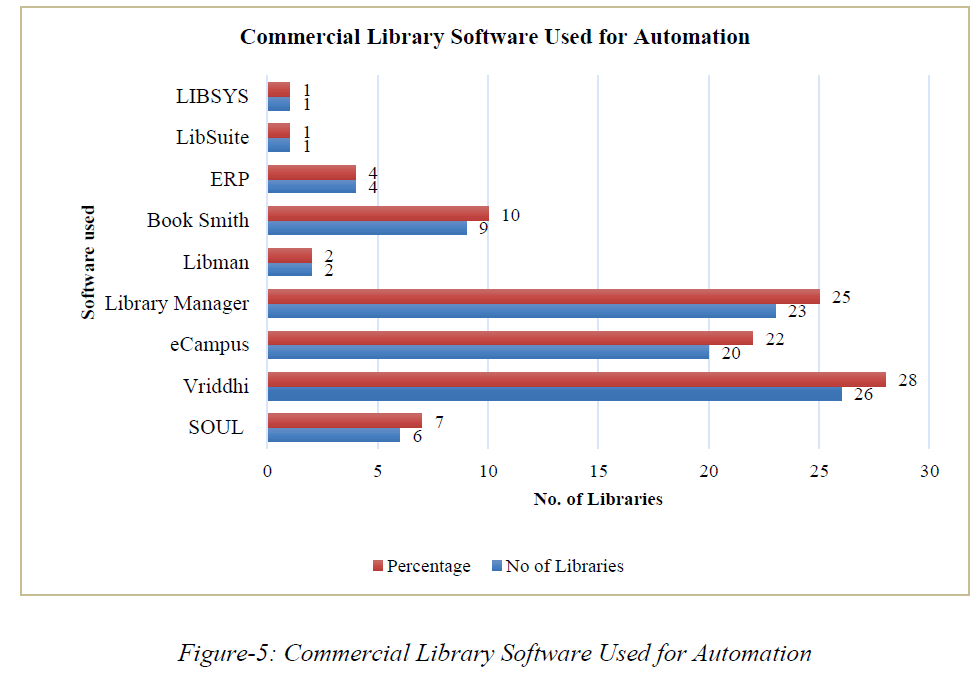
Figure 5: Commercial Library Software Used for Automation
The above figure indicates that the majority of 26 (28%) libraries have used Vriddhi software for library automation, followed by 23 (25%) libraries have used Library Manager software for library automation, 20 (22%) libraries use ecampus library automation software, 09 (10%) libraries have used Book Smith software for library automation. 06 (07%) libraries have used SOUL software for library automation, 04 (04%) libraries have used ERP software for library automation, 02 (02%) libraries have used Libman software for library automation, the remaining 01 (01%) library have used LibSuite and 01 (01%) library have used LIBSYS software for library automation.
When the question asking about the use of barcode technology in the library. Most of the librarians have replied and stated that the barcode technology is used in the library. The responses received regarding the use of barcoded technology for various purposes have been revealed in Table 1.
| Used Barcode Technology | No of Libraries | % |
|---|---|---|
| Circulation of Library Books | 60 | 54% |
| Stock Verification | 49 | 44% |
| Library Book Locations and Library Visitors Attendance | 02 | 02% |
Table 1: Barcode Technology Used in Library for Various Purposes
The above table reveals that barcode technology is used in the library for various purposes and working processes. It is clearly shown that the majority of 60 (54%) libraries have used barcode technology for circulation of library books, followed by 49 (44%) libraries have used barcode technology for library stock verification and the remaining 02 (02%) libraries have used barcode technology in the library to find the location of library books and library visitors attendance purposes in Figure 6.
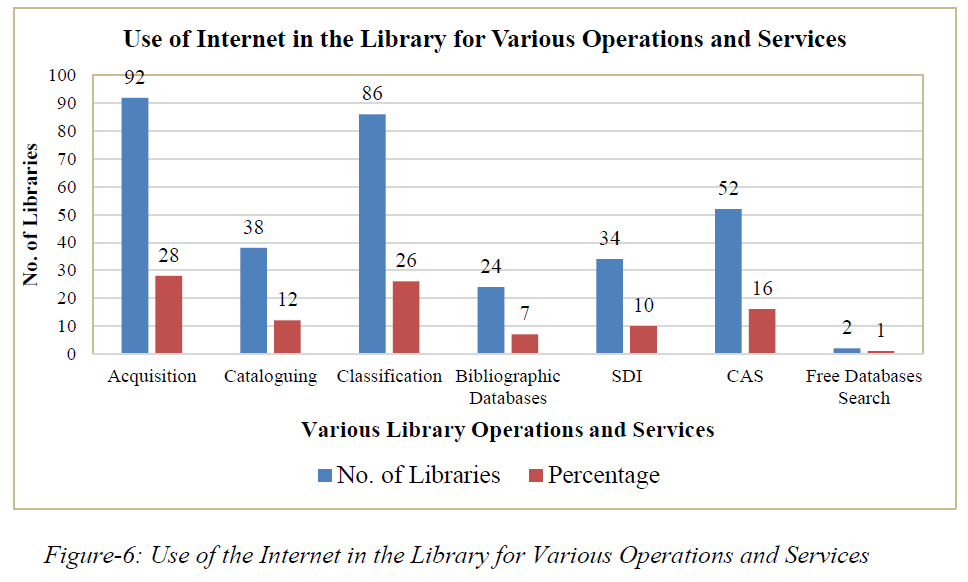
Figure 6: Use of the Internet in the Library for Various Operations and Services
The above figure exhibits that the use of the internet in the library for various library operations and services. It is clearly shown that the majority of 92 (28%) libraries have used the internet in the library for the acquisition process, while 88 (26%) libraries have used the internet in the library for the classification of library books. 52 (16%) libraries have used the internet in the library for current awareness services (CAS), 38 (12%) libraries have used the internet in the library for cataloging of library books, 34 (10%) libraries have used the internet in the library for selective dissemination of information (SDI) service, 24 (07%) libraries have used the internet in the library for accessing bibliographical databases, remaining 02 (01%) libraries have used the internet in the library for using free databases and general information searching purpose in Table 2.
| Internet Browsing Cell | No of Libraries | % |
|---|---|---|
| Yes | 69 | 46% |
| No | 80 | 54% |
| Total | 149 | 100% |
Table 2: Availability of Internet Browsing Cell in Library
The above table shows that the availability of internet browsing cell in college libraries in Nashik district. The majority of 80 (54%) libraries do not have internet browsing cell, whereas 69 (46%) libraries have internet browsing cell facility.
Discussion and Conclusion
The five laws of library science by Dr.S.R.Ranganathan, the fifth law stated that the ‘library is a growing organism’. As per the fifth of library science, libraries are increases of their work with the new development and improvement. Every library has to make new changes by applying the latest technologies. College librarians are responsible for the development and management of libraries with the selection of books, acquisition process, library management and organization, dissemination of information and providing services to the library users. Librarian’s role has drastically changed in the current ICT era from the custodian of books to the management and development of electronic information resources. Most of the college libraries have gathered all types of resources such as traditional sources (text and reference books, research journals and magazines, daily newspapers, etc.) and digital resources (e-books and e-journals, e-papers, e-databases, e-thesis and dissertations and CDs/DVDs, etc.). To manage the modern electronic information resource and rapid library services could be possible by using ICT tools and techniques. It reduces the workload of library professionals and helps to provide desirable library services.
References
- Adaeze, N.N. Application of information and communication technology (ICT) in academic libraries (2020). Global Journal of Library and Information Science
- Bhoi, N.K. Use of information communication technology (ICT) (2017) and library operation: an overview
- Emasealu, H.U. Automation of academic libraries and web development: a reverie or reality (2019). International Journal of Knowledge Content Development & Technology.
- Panigrahi, R. M. Impact of information technology on libraries. New Delhi (2000): Ess Ess Publications.
- Quadri, G.O. and Garaba, F. Perceived effects of ICT on knowledge sharing among librarian in southwest Nigeria: an Utaut theoretical approach (2019). Journal of Balkan Libraries Union.
- Ramana, P. V. Application of information technology in libraries. New Delhi (2013): Ess Ess Publications.
- Sareen, N. Information and communication technology. New Delhi (2010): Anmol Publications Pvt. Ltd.
- Yemi-Peters, O.E. et al. The application of ICT in the circulation services of the university library, federal university, Lokoja-Kogi State, Nigeria (2019). Library Philosophy and Practice (e-journal).
Author Info
Ahire Subhash Bandu*Received: 03-Jun-2021 Published: 24-Jun-2021
Copyright: This is an open access article distributed under the terms of the Creative Commons Attribution License, which permits unrestricted use, distribution, and reproduction in any medium, provided the original work is properly cited.
Call for Papers
Authors can contribute papers on
What is Your ORCID
Register for the persistent digital identifier that distinguishes you from every other researcher.
Social Bookmarking
Know Your Citation Style
American Psychological Association (APA)
Modern Language Association (MLA)
American Anthropological Association (AAA)
Society for American Archaeology
American Antiquity Citation Style
American Medical Association (AMA)
American Political Science Association(APSA)



